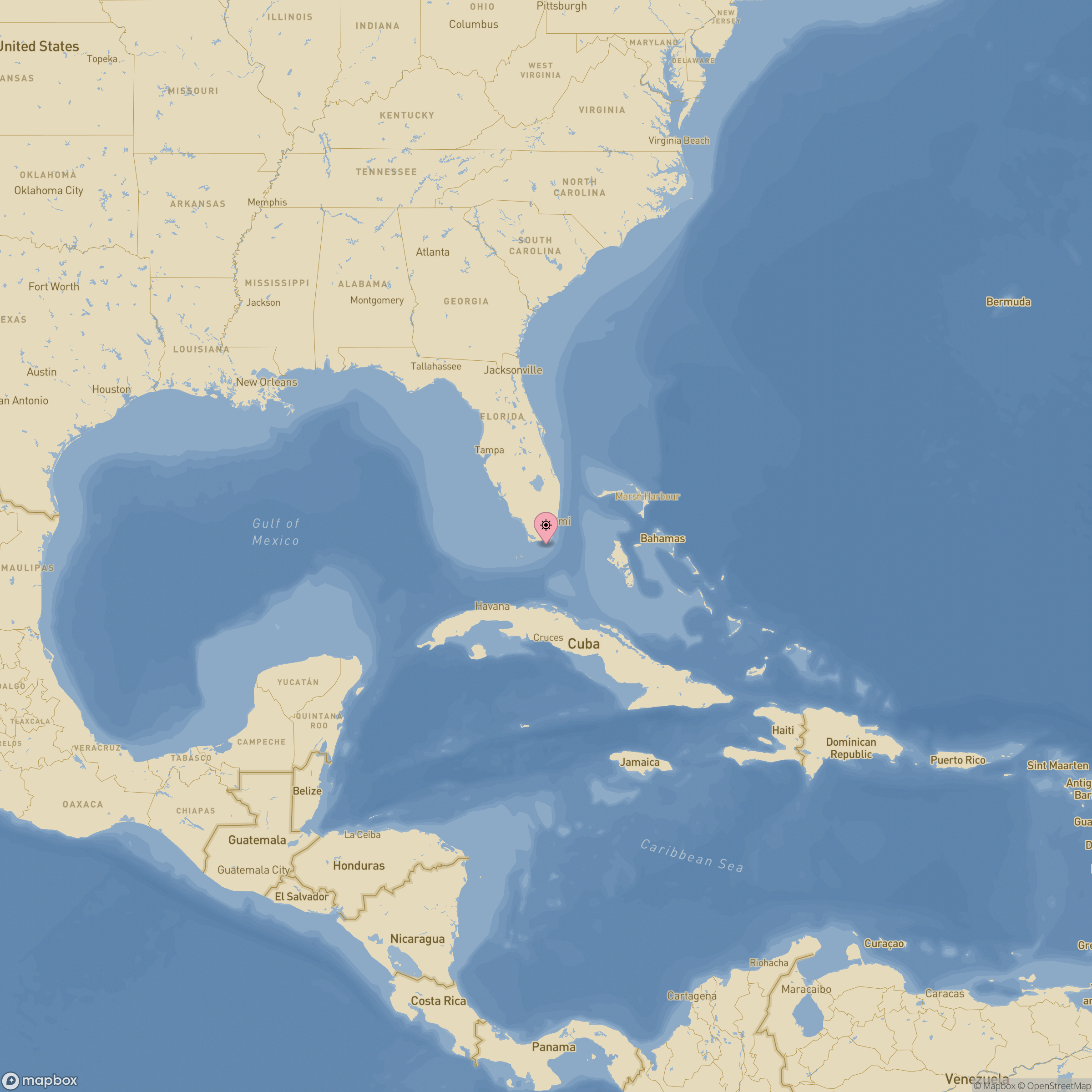Rubi Segundo

Date
1733Period
18th centuryShip type
GalleonCause
A hurricaneLocated
✓Key figure
Rodrigo de TorresCommand
Rodrigo TorresCaptain
Baltasar de la TorreShipwreck zone
Tavernier Key, FloridaPort of departure
Havana (CUB)Destination
Cadiz (ESP)Cargo
Gold bullion, vanilla, tobacco, dyes, silver coins , and indigoOn Friday, July 13, 1733, the Nueva España Fleet left the port of Havana to make the return voyage to Spain. The next day, after sighting the Florida Keys, the speed and direction of the wind changed abruptly from the east. Lieutenant General Torres, sensing that a hurricane was approaching, ordered his captains to return to Havana but it was too late. By nightfall on the fifteenth, all or most of the ships had been pushed westward and had sunk. Only four of them managed to return to Havana while the galleon El África managed to reach Spain.
Concerned about the fate of the fleet, the officials of the Spanish Ministry of the Navy in Havana, sent a small chalupa to search for the remains of the wrecks. Having located the area, they decided to set fire to the waterline of the ships that could not be refloated or towed back to Havana, so that the divers could swim through the cargo holds.
The final count of what was recovered revealed that there was actually more gold and silver than had been reflected on the original manifests, a clear evidence of smuggling on ships on their way back to Spain. In the sixties of the 20th century, most of the remains of the 1733 fleet were relocated, but there is still confusion about the identity of some of the ships, as their names and locations vary according to the documents examined.
El Rubí was the flagship of the 1733 fleet, carrying the king’s treasures. According to the cargo manifest, this vessel carried more than 2,000 boxes of gold and silver coins, gold bullion, cochineal, indigo, vanilla, chocolate and tobacco. The only casualties were two men who were thrown overboard, and a sailor who was crushed to death by the rudder when the ship crashed. Most of the cargo was recovered.
Of all the ships of the 1733 fleet, the wreck of El Rubí was the first to be discovered in 1938. In 1949, McKee built one of the world’s first museums dedicated to a shipwreck. He also shared the ship with thousands of tourists by taking them to visit the wreck site on a glass-bottom boat. Several television documentaries were made, this publicity and the growing popularity of diving led to the discovery of other wrecks from the 1733 fleet. In the 1970s, the 60-gun ship began to sink into the sand, and by the late 1980s, the vessel was completely buried.